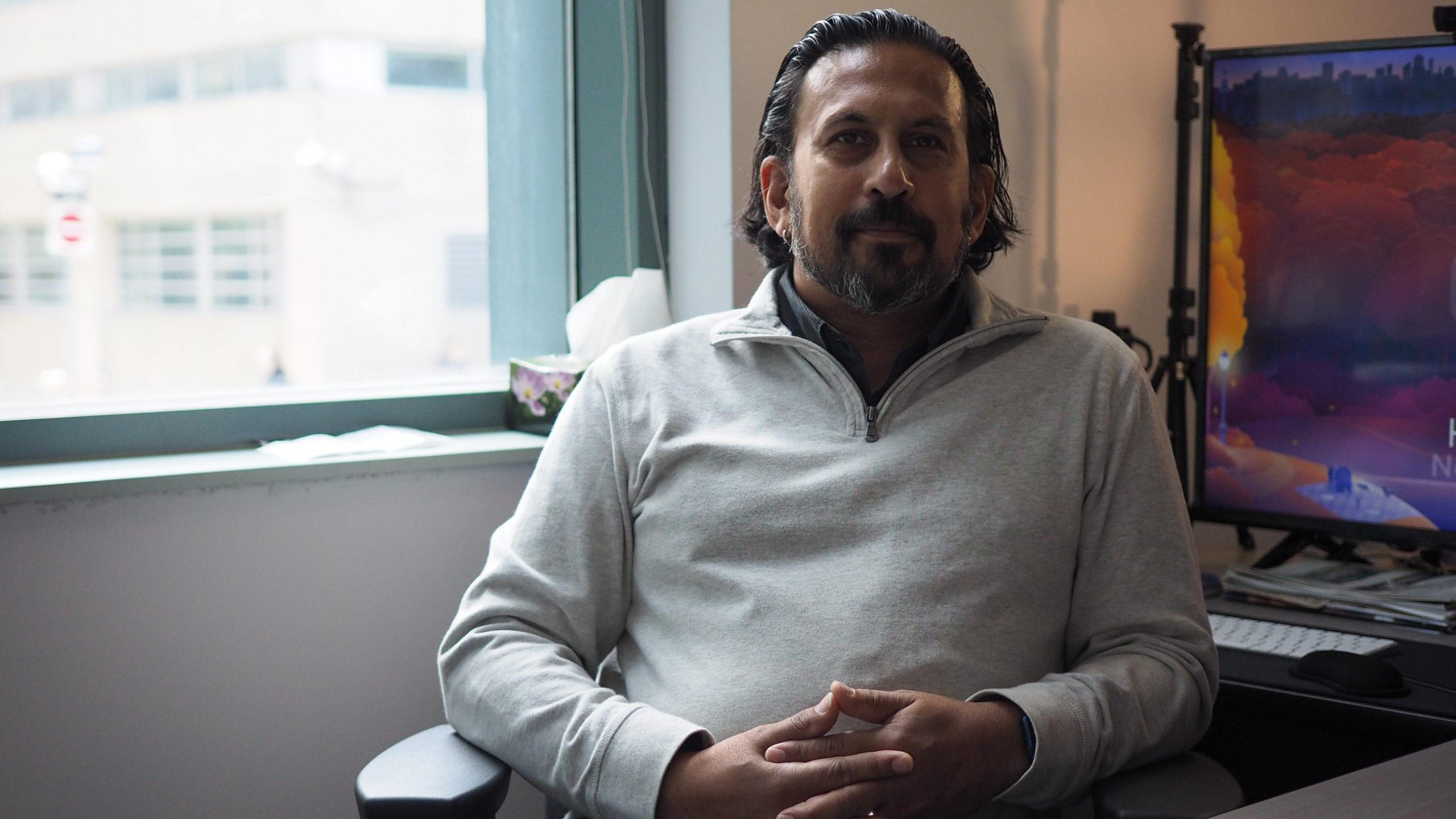By Sania Ali
Ravindra Mohabeer joined Toronto Metropolitan University’s (TMU) School of Journalism this summer as the new chair after his appointment in July.
His hiring came after former chair of the School of Journalism, Janice Neil, and undergraduate program director Lisa Taylor both resigned from their positions in March of last year, as reported by The Eyeopener.
Their resignation came after a public letter accused the school of inequitable treatment of Black, Indigenous, racialized and 2SLGBTQ+ students in the program and called on its leadership to better support marginalized students.
Since then, associate professors Asmaa Malik and Gavin Adamson have been serving as interim co-chairs of the program as of March 2021.
Over a year later, the School of Journalism welcomed Mohabeer, whose term began on July 1.
Will this addition spark the change J-school students have been asking for?
The Eye spoke to the new chair to hear his plans and perspectives as he begins the new role.
What are your specific plans for incorporating mental health, equity and inclusion initiatives in the program?
There was a recognition after COVID-19 that the focus on mental health has become far more acute as people struggled more both publicly and privately. Up until now, a lot of people, particularly students, have tried to cope quietly in a way that is not always helpful to them. The focus on balance, equity and inclusion are necessary foundations and pillars for my approach to how I’m going to orient myself in the beginning to make sense of how the school functions now and to figure out the next steps going forward from there.
What are the main issues you would like to address as chair?
Having the program re-centre on the understanding of it being a people-based interaction around education, rather than necessarily being a program to which people just happen to be a part of.
What drove you to apply for the position?
I’m not going to lie—it’s a shiny job. It’s a wonderful thing to be in such an incredible environment.
From an outside perspective, the other thing is the challenges that have occurred within the School of Journalism in terms of equity and inclusion and the overall shift in the balance of how the program has run. It’s an interesting place to step back into and it’s a challenge that I think I’m up to. Here is a possibility to engage in meaningful change in a very important place that can have a ripple effect across the entire industry.
What experiences do you have in journalism specifically that you feel will prepare you for this position?
My background comes in various ways, from different practices and formations of fact-based storytelling. Fact-based storytelling to me has been the core and the nexus of a lot of my work. The academic and curricular approach is a foundational difference between this being a journalism training ground and this being a journalism school. Because the training ground is something that feels like it comes just exclusively from a workplace and a school that teaches journalism has a combination of both of those things. My balance of understanding the nature of how the inside and the outside of the institution function together.
In the past, many students expressed not feeling safe enough to convey their concerns about the program—some issues pertained to the administration’s issues with students—prompting an open letter that was written last year. What are your thoughts on this letter?
I read it with great interest and I was very pleased to see students are that passionately engaged. It was useful for me to read that, read over the curriculum, read over whatever I could find as an external person to see what I would do and how I would respond. I also know that the letter was a big risk. It’s hard to tell somebody that they have been difficult or wrong.
How would you ensure that racialized, 2SLGBTQ+ and other historically marginalized groups feel safe in journalism classrooms?
My experience in the 70s, 80s, 90s and so on is completely not the experience of a lot of students we have today at all. It’s so foundationally different that sometimes it’s hard for people to recognize that it is a combination of equity, but also trying to learn that the way the world works is not your world. I’ve had some thoughts about the idea that there is great value in having specific courses about specific issues that are related to the 2SLGBTQ+ community, to the various BIPOC communities, collectively and separately. But then, there’s also value in having that being part of a central focus across the entire curriculum because it shouldn’t be, ‘OK, I checked that box, that course that I took and therefore I’m an expert now.’
Answers have been edited for clarity and length.











Tom Thorne
Ryersonian’s new name: The Toronto Metropolitan University Woke Times.